15 Clever Products From the ’00s That Failed Miserably
Some ideas are brilliant on paper, and absolute chaos in reality. Tech history is packed with bold inventions that aimed to change the game but missed the mark entirely. They promised the future, delivered frustration, and vanished quietly.
Here’s a look at innovation gone hilariously wrong.
Apple Newton MessagePad
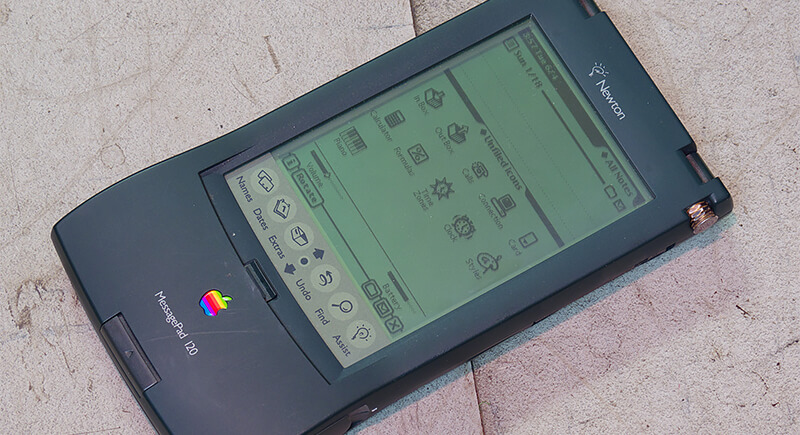
Credit: Wikimedia Commons
Apple went big in 1993 with a pocket-sized computer you could scribble on, but the handwriting feature couldn’t keep up. It aimed at killing the keyboard and offered email, notes, and scheduling with a stylus. Sluggish performance and terrible accuracy made it a punchline before being discontinued in 1998.
Apple QuickTake 100
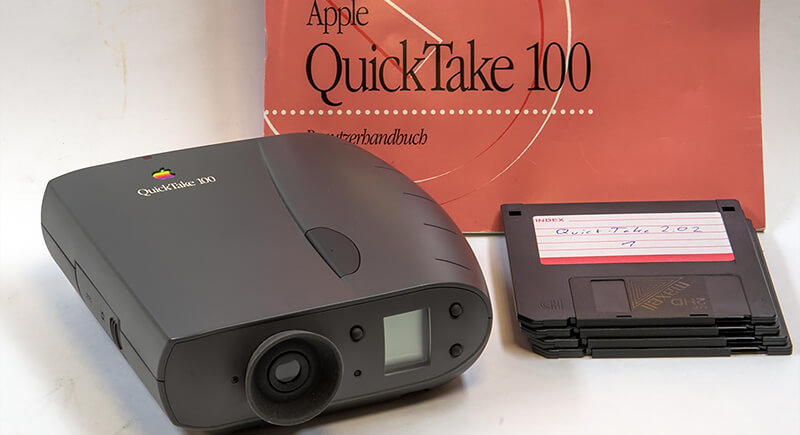
Credit: Wikimedia Commons
Back in 1994, Apple and Kodak gave us a camera that snapped eight grainy photos, with no screen and no delete. Photos had to be transferred to a Mac. At $749, it was a hard sell. Low storage, poor resolution, and zero expandability led to its quiet exit by 1997, after Jobs cleaned house.
Nintendo Virtual Boy
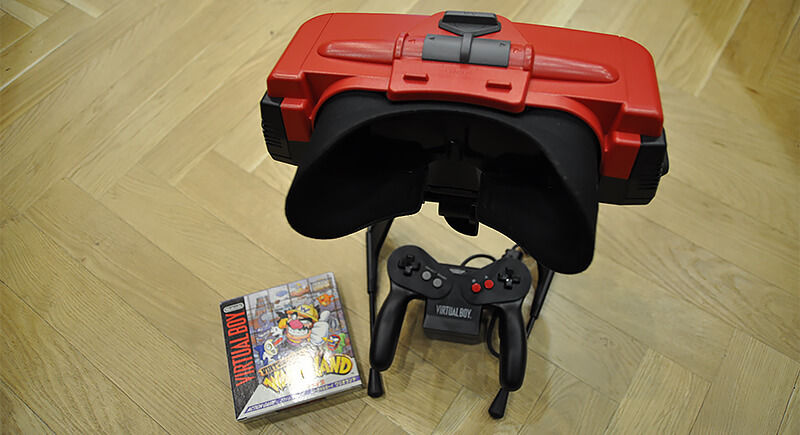
Credit: Wikimedia Commons
In 1995, Nintendo stuck a red 3D headset called Virtual Boy on your face and called it the future. It caused headaches, neck pain, and severe eye strain. With barely any good games and awkward gameplay, it flopped fast. Consumers weren’t buying it, literally.
Commodore CDTV
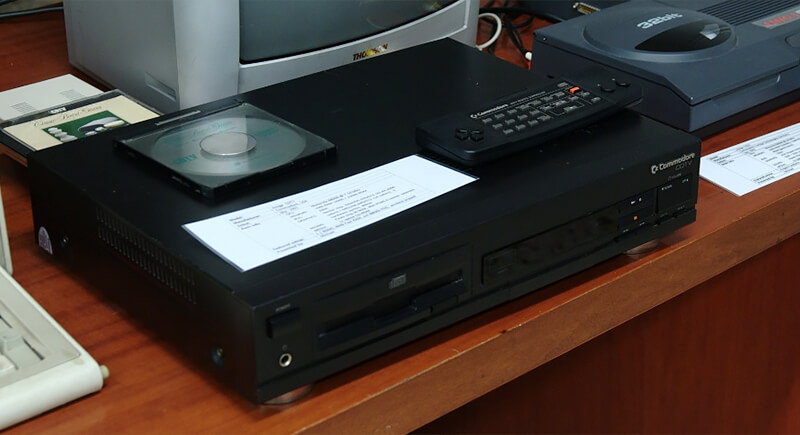
Credit: Wikimedia Commons
In 1991, Commodore tried stuffing an Amiga 500 into a CD player for home entertainment. No one knew what it was supposed to do—was it a game console, a media player, or a computer? At $999 and with almost no software, it fizzled fast. The CDTV was gone by 1993.
Microsoft Bob

Credit: Youtube
Microsoft’s 1995 attempt to turn your desktop into a cartoon house with a talking dog named Rover turned out exactly as bad as it sounds. It ran slowly, looked childish, and annoyed everyone. Despite major internal support, Bob was shelved within a year and became an instant software punchline.
Apple eMate 300
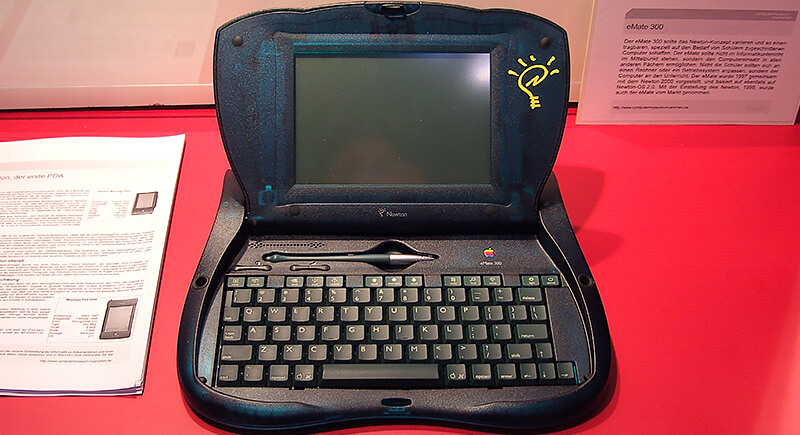
Credit: Wikimedia Commons
In 1997, Apple made a green clamshell PDA for students that looked cooler than it performed. With a stylus screen and full keyboard, it should’ve worked, but slow performance and limited apps held it back. When Steve Jobs returned, he axed the Newton line, including the eMate, after only a year in classrooms.
General Magic Magic Link
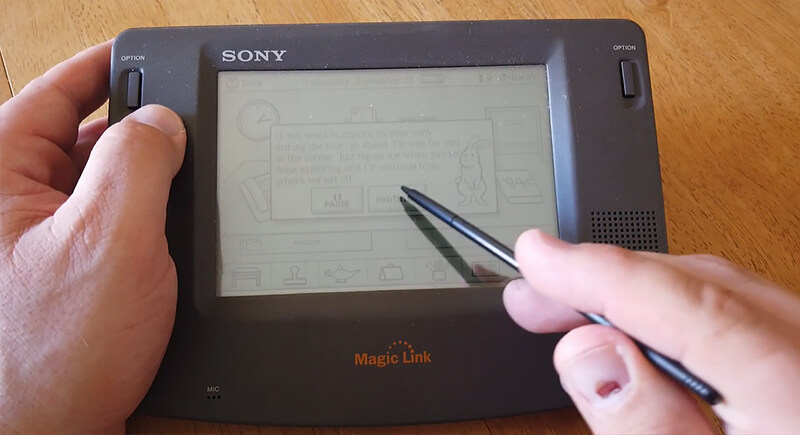
Credit: Youtube
Released in 1994, Magic Link offered email, fax, and touchscreen magic—until users realized it was clunky and weirdly expensive. With a $1,000 tag and battery issues, it didn’t stand a chance. Though sales were weak and it vanished fast, it left behind DNA that helped shape future smartphones.
Apple Pippin
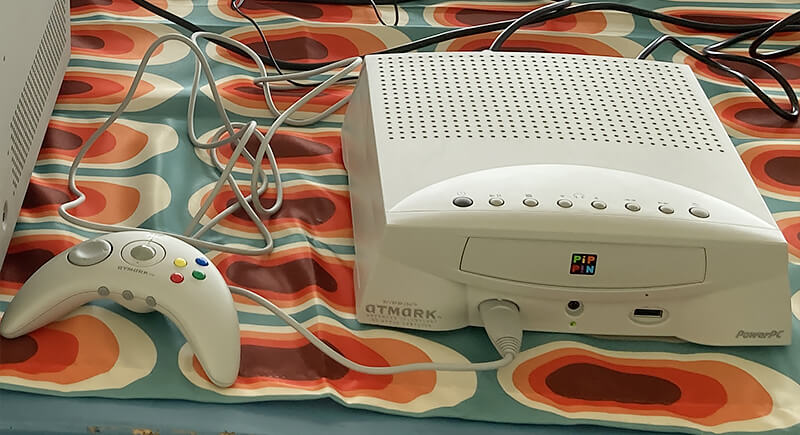
Credit: Wikimedia Commons
No one asked for Apple’s $600 machine in the console market. With underwhelming power and an uninspiring library of games, it lost instantly to PlayStation and Nintendo 64. Fewer than 50,000 units sold. It was dead by 1997. Apple hasn’t tried making a game console again.
3DO Interactive Multiplayer
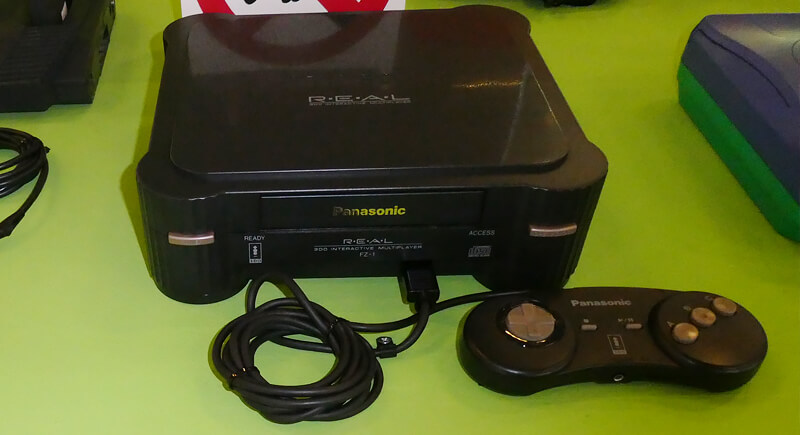
Credit: Wikimedia Commons
Launched in 1993 with next-gen hype and a $699 price tag, the 3DO looked amazing but lacked games. Partners like Panasonic built the hardware, but few developers jumped in. By the mid-90s, it was gone—fancy graphics alone couldn’t save it.
Sony MiniDisc
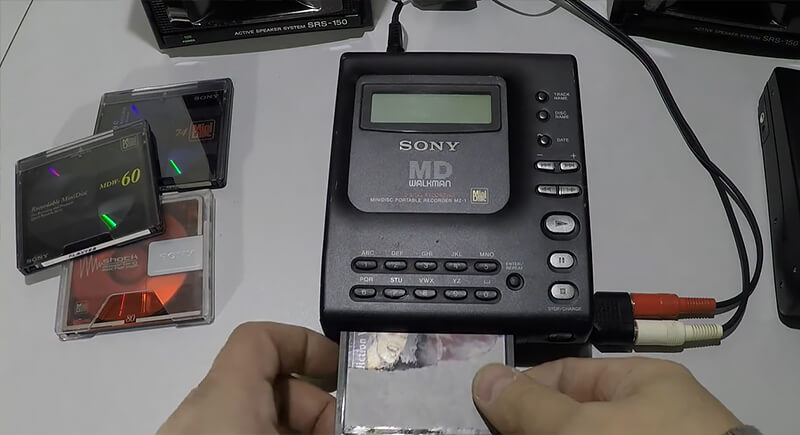
Credit: Youtube
Sony introduced MiniDisc in 1992 as a durable, recordable, skip-free alternative to CDs. This was a great idea at the wrong time. CDs were cheaper, CD-Rs showed up soon after, and then came MP3s. Expensive hardware and limited compatibility sealed the deal. Outside Japan, it flopped.
Atari Jaguar
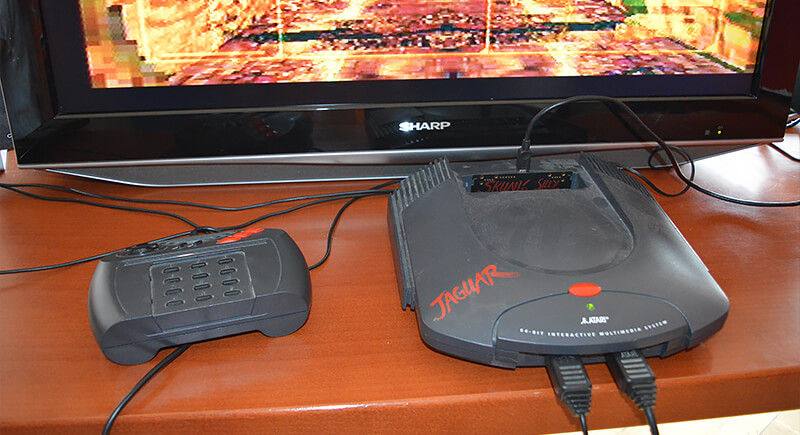
Credit: Wikimedia Commons
The Atari’s 1993 console claimed to be the world’s first 64-bit console, but it wasn’t. Developers hated the confusing setup, so most games ended up on the weaker chip. With poor performance, ugly graphics, and limited support, it couldn’t compete. After three years and dismal sales, they exited the console business, and the Jaguar marked the end.
Palm Pilot 1000
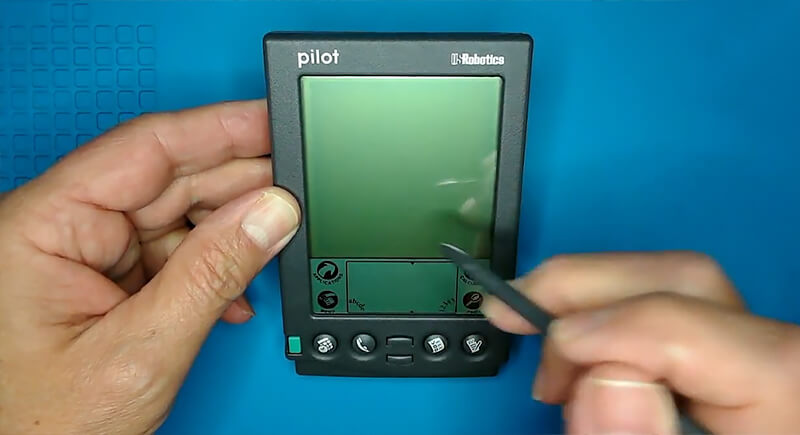
Credit: Youtube
For a little while, the Palm Pilot 1000, launched in 1996, was a big hit as a digital organizer. As phones started doing calendars and contacts too, standalone PDAs lost purpose. It sold over a million units but had no internet or multimedia. Eventually, it was overtaken by the smartphones it inspired.
Tamagotchi
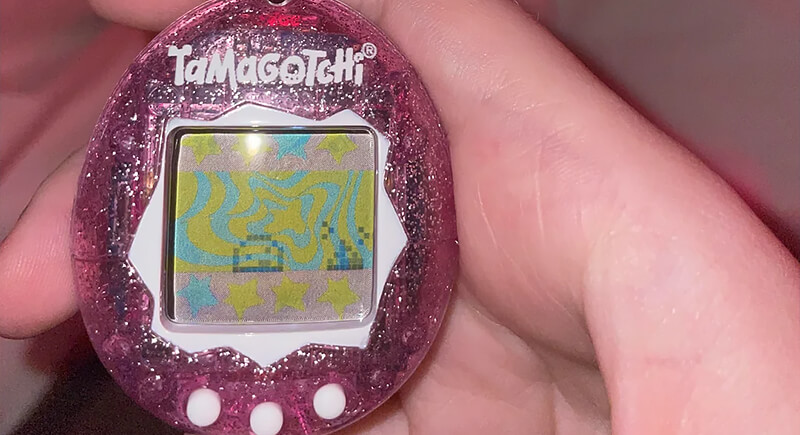
Credit: Reddit
Bandai made digital pets beep their way into millions of backpacks in 1996. You fed it, cleaned it, and stressed over its pixelated happiness. It was fun at first, but the repetitive gameplay led to burnout. School bans didn’t help either. While it never disappeared in Japan, elsewhere it faded fast once better games arrived.
WebTV/MSN TV
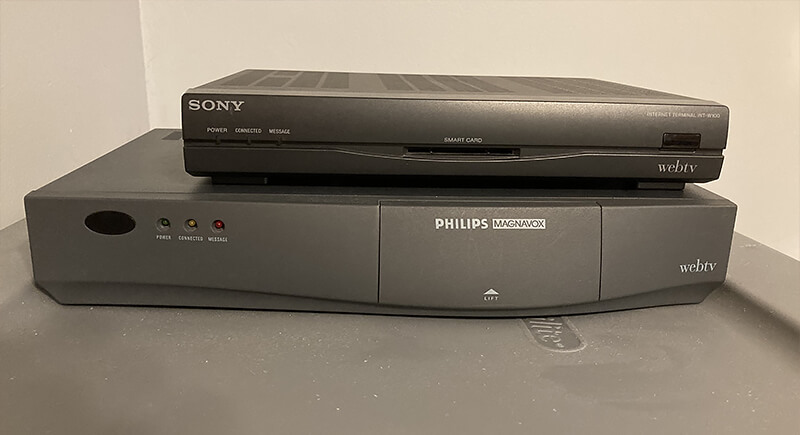
Credit: Wikimedia Commons
Before smart TVs, WebTV (1996) let you surf the internet from your couch. All you needed was a TV and a wireless keyboard—plus the patience of a monk. Dial-up speeds, a clunky interface, and no support for modern web features made it painful. Microsoft shut it down officially in 2013.
Sony Glastron PLM 50
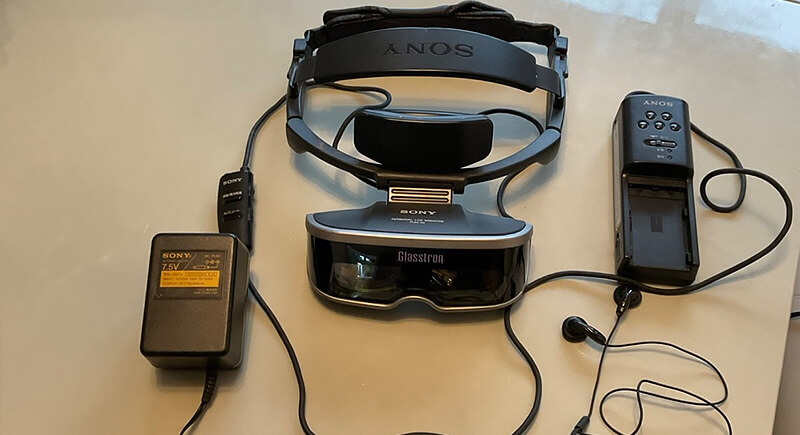
Credit: ebay
Glastron PLM 50, released in 1997 by Sony, turned your face into a movie screen with twin LCDs in a headset. It was cool in theory, but less so in practice. The picture was low-res, the headset uncomfortable, and the price high. No killer app ever arrived. It didn’t sell well but nudged wearable tech a step forward.
Philips CDI
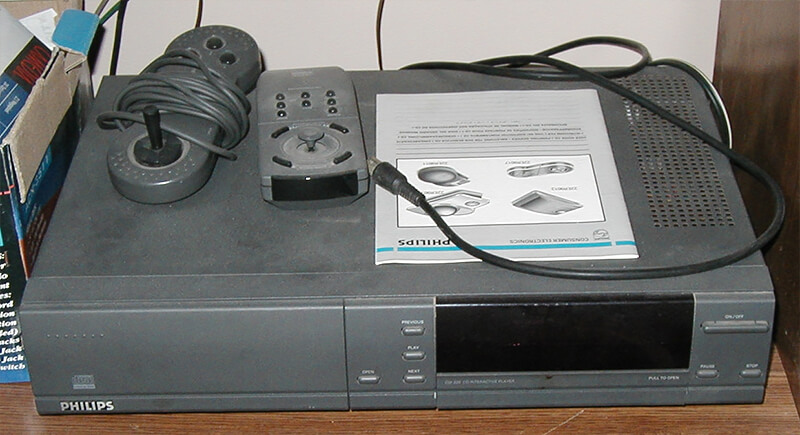
Credit: Wikimedia Commons
In the early 90s, Philips tried to turn a CD player into an educational game console with the CDI. Confused branding, terrible graphics, and some of the worst Zelda games ever made didn’t help. By the mid-90s, it disappeared, taking its weird CD controller with it.
Sony Mavica FD
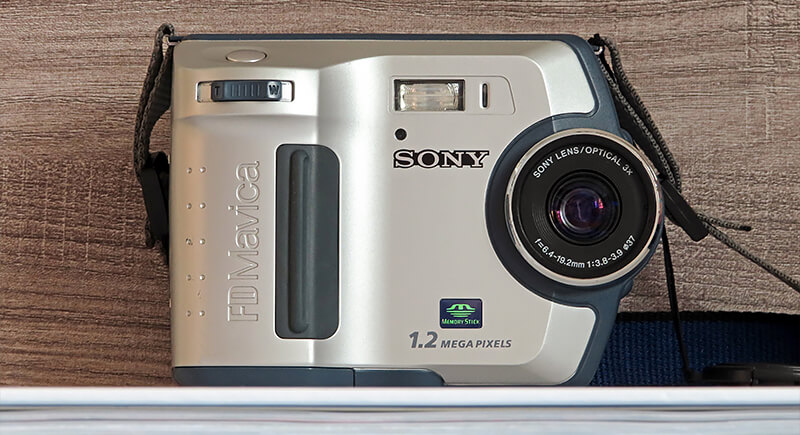
Credit: Wikimedia Commons
The new digital Sony Mavica, released in 1997, stored photos on floppy disks, which was genius. Disks could hold maybe 10 low-res photos, so pockets were filled with spares. The quality was grainy, and as memory cards got better fast, the format died. The product became a brief blip on the digital camera timeline.
Crystal Pepsi
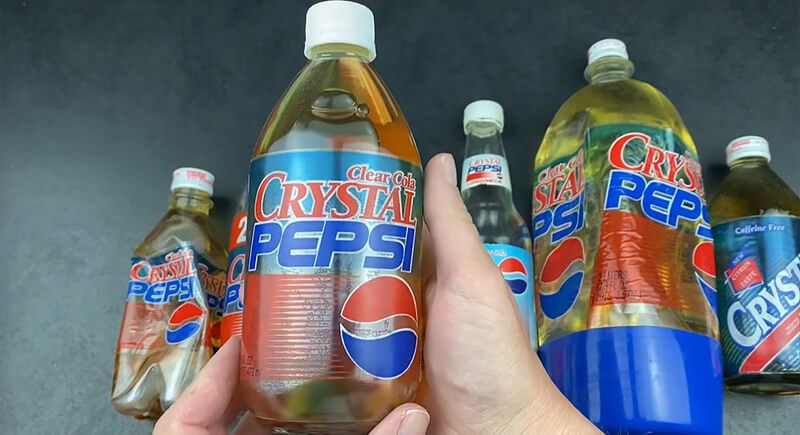
Credit: Youtube
PepsiCo released a clear soda with cola flavor in 1992, thinking health-conscious shoppers would go wild. They didn’t. People expected lemon-lime, not flat, sweet cola in a weird bottle. Despite a massive ad campaign and curiosity buzz, it tanked in less than two years.
IBM Simon
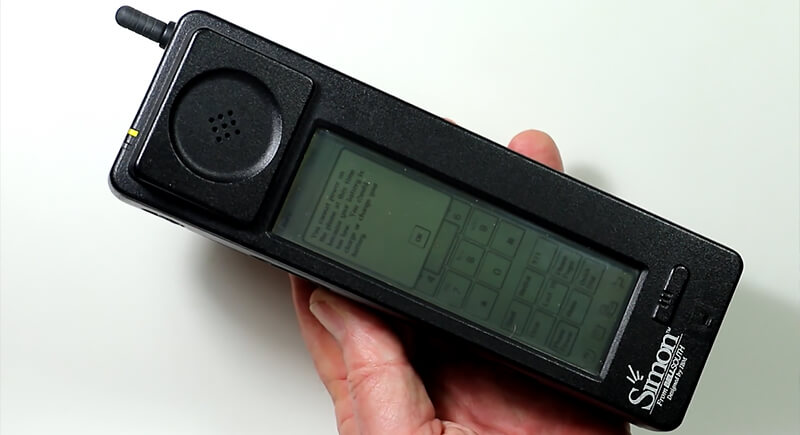
Credit: Youtube
Simon was technically the world’s first smartphone, released in 1994. It combined PDA tools with a mobile phone. It was groundbreaking, but it was the size of a brick, cost too much, and hardly lasted an hour on battery. It also had network compatibility problems. Though it didn’t sell well, it got the ball rolling.
iOmega Zip Drive
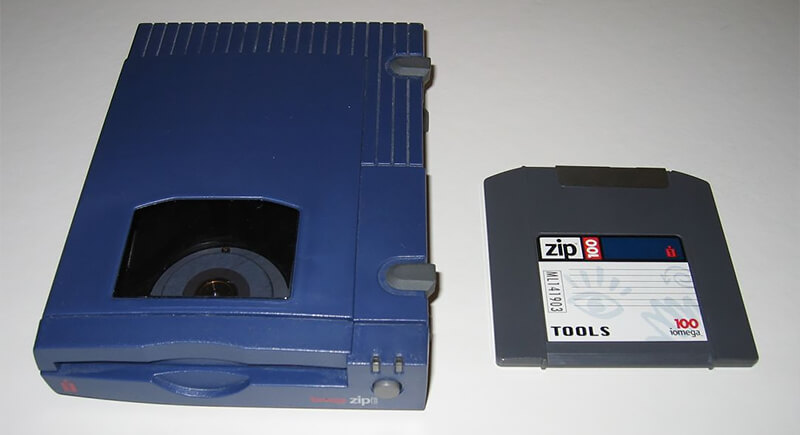
Credit: Wikimedia Commons
Around the mid-90s, Zip Drives promised to end floppy disk misery with 100MB of storage. Designers, schools, and offices loved them for their large backup. Disks failed, sometimes eating data with a “click of death.” CD-Rs and USB drives soon took over. By the early 2000s, it zipped into history.
Amiga CD32
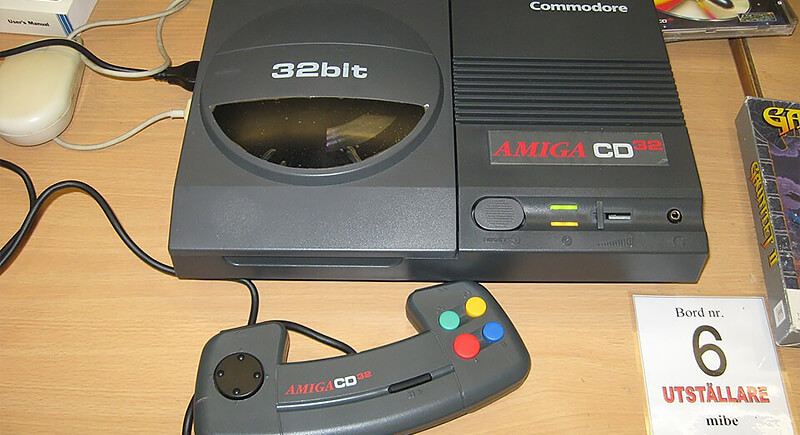
Credit: Wikimedia Commons
Commodore’s 1993 CD32 was an Amiga 1200 stuffed into a console, promising 32-bit CD-based gaming. Poor marketing, low-quality ports, and legal issues doomed its U.S. release. Months after the release, the company went bankrupt. It had potential but never got the chance to grow. The CD32 was DOA despite its flashy tech.
Ricoh RDC-1
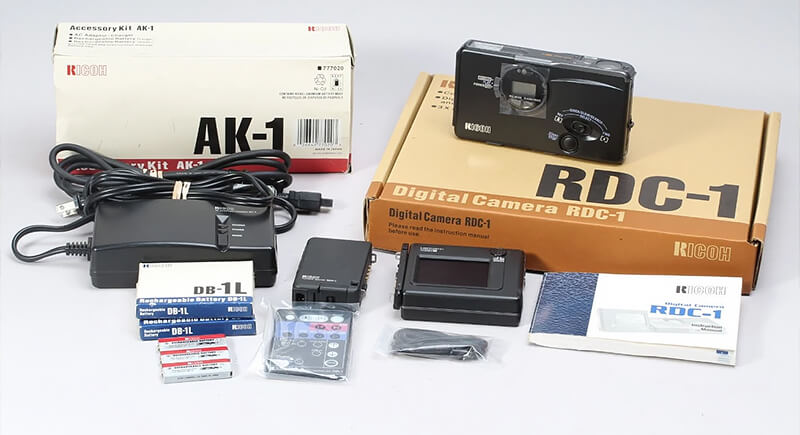
Credit: ebay
The Ricoh RDC-1, launched in 1995, combined digital photo and video capture into one camera. It cost nearly $1,000 and had grainy results. Batteries died fast, and storage was tight. Consumers weren’t willing to pay that much for such a small return.
Tiger R-Zone
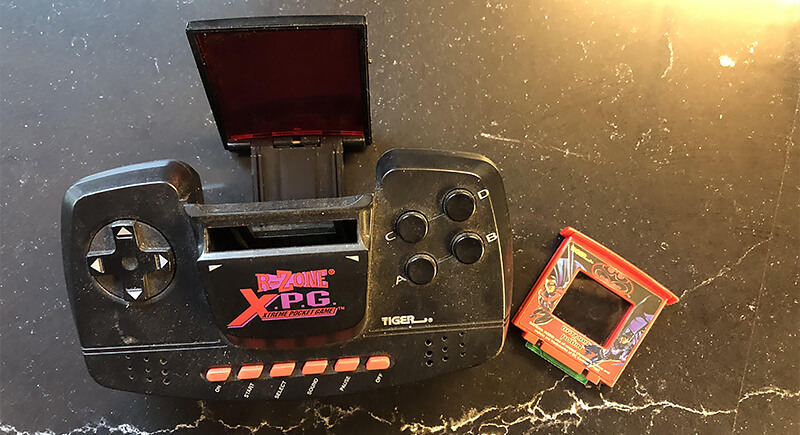
Credit: Reddit
Tiger Electronics launched the R-Zone in 1995 with a goofy visor that projected red LCD graphics onto a clear screen. The games were slow, blurry, and ugly, and wearing the visor felt like punishment. Despite major brand tie-ins, no one liked it, and it’s now infamous in gaming history.
Philips Velo 1
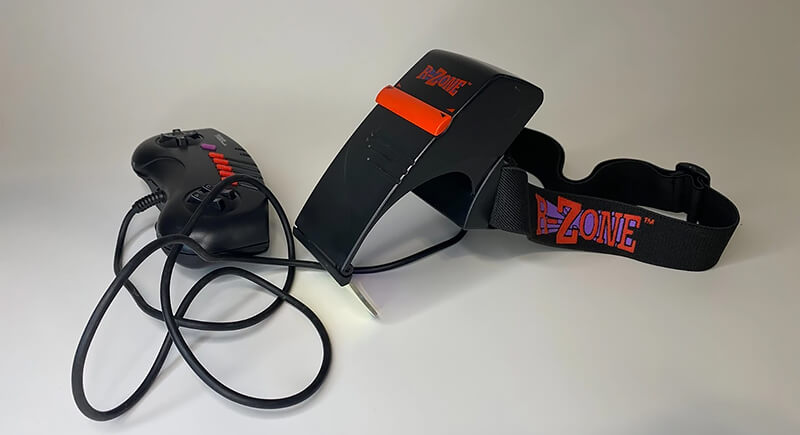
Credit: ebay
In 1997, Philips crammed word processing, email, and the internet into a chunky pocket device called Velo 1. It had a modem, a QWERTY keyboard, and Windows CE—but barely enough power to keep up. Battery life was weak, software was sparse, and it was too expensive. It disappeared quickly, buried by better PDAs.
CueCat
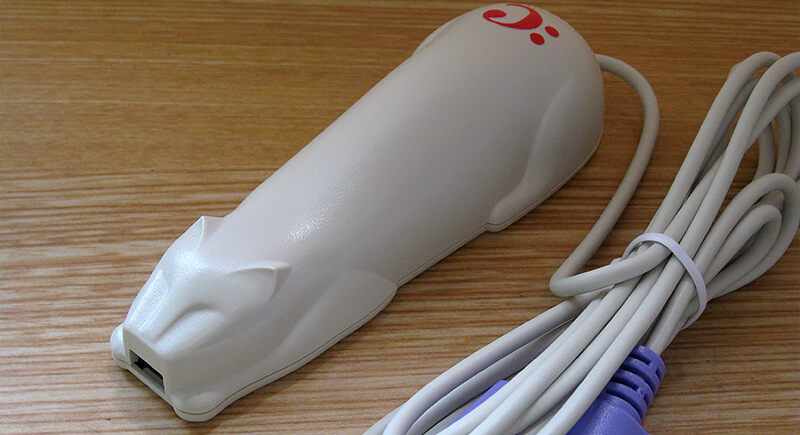
Credit: Wikimedia Commons
In the late 1990s, tech companies were throwing spaghetti at the wall, and the CueCat was pure meatball. It was a barcode scanner that let you scan magazine ads to get online content while also tracking your behavior. People hated it, privacy watchdogs barked, and its bulky design didn’t help. By 2001, it was extinct.
The Segway PT
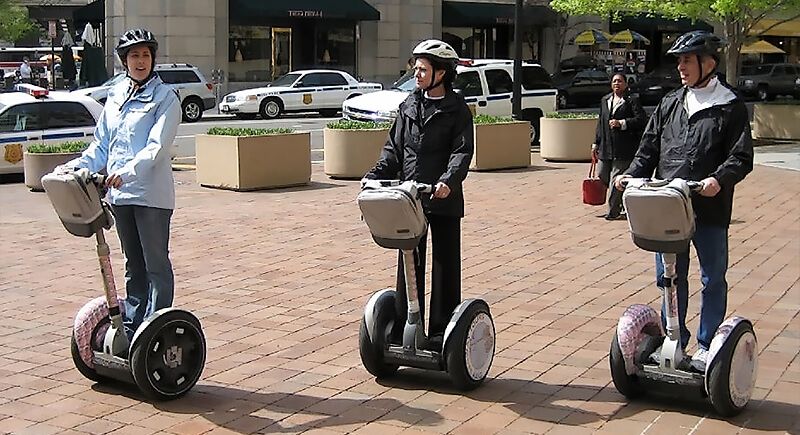
Credit: Wikimedia Commons
Back in 2001, the Segway PT rolled in with gyroscopes, hype, and dreams of replacing walking altogether. It was high-tech, electric, and silent—but also awkward, expensive, and banned in many places. No one used it outside of mall cops and tour groups. After years of slow sales, production finally ended in 2020.
HD DVD

Credit: Wikimedia Commons
Toshiba’s HD DVD hit shelves in 2006 to take on Blu-ray with cheaper discs and solid picture quality. However, Sony locked up major studios, and Blu-ray had more movie titles faster. Retailers dumped HD DVD by 2008, ending the war quickly. Though technically sound, it lost the format war hard and vanished overnight.
Apple and Motorola ROKR E1
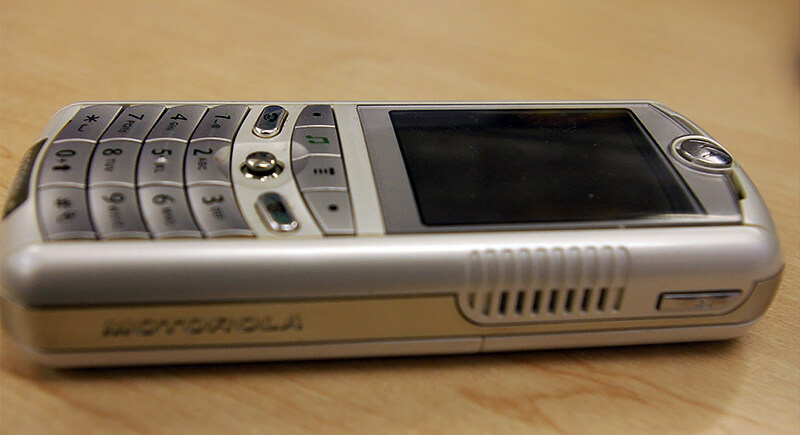
Credit: Wikimedia Commons
Apple teamed up with Motorola in 2005 for the first iTunes phone, but things got awkward fast. Transfers were slow, the design was clunky, and Apple capped music storage at 100 songs—seriously. It flopped fast. Apple shifted its focus to making its own phone. Obviously, that one worked out a lot better.
Sony’s Milo (MYLO)
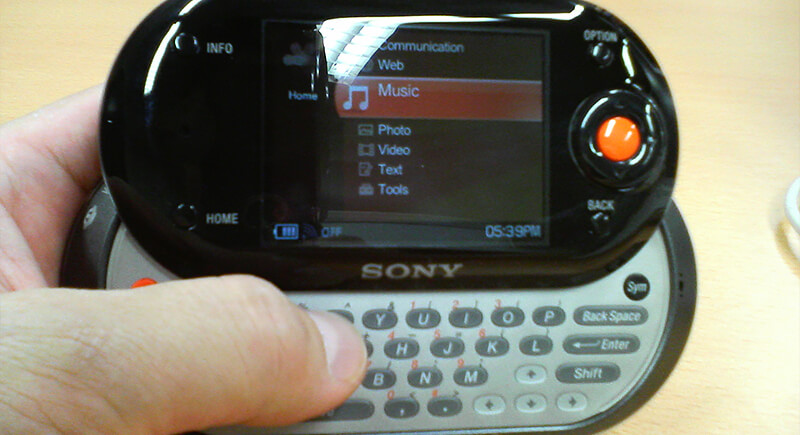
Credit: Wikimedia Commons
Sony launched the Milo in 2006 to give teens Wi-Fi messaging and media without a phone plan. It had Skype, AIM, and music playback, but no cellular option. Without Wi-Fi, it was useless, and this was a limitation. Smartphones arrived fast and crushed it. Even a 2008 refresh didn’t help.
Apple’s PowerMac G4 Cube
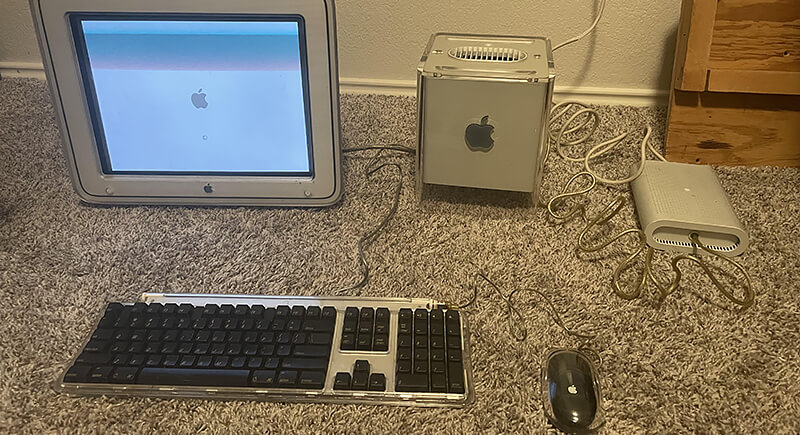
Credit: Reddit
This arrived in 2000. Apple dropped a fanless, acrylic cube that looked like art but cost too much and cracked under pressure. Limited expandability and overheating made it tough to love despite glowing reviews. Sales were weak, and Apple halted production in under a year. It was beautiful, but better on a shelf than a desk.
Nokia’s N-Gage
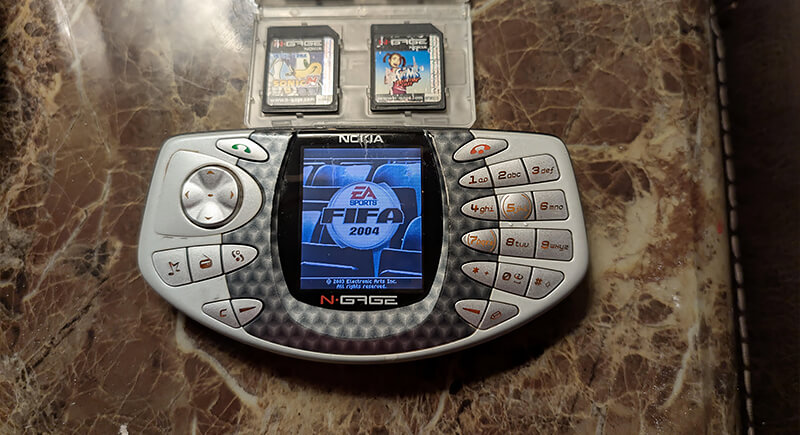
Credit: Reddit
The N-Gage tried to merge gaming and calling in 2003, but that side-talking design became an instant meme. Swapping games meant removing the battery, and the game library was thin. Even a 2004 redesign couldn’t save it. The hardware was dropped by 2005, and the N-Gage brand faded by 2009.
Palm Folio
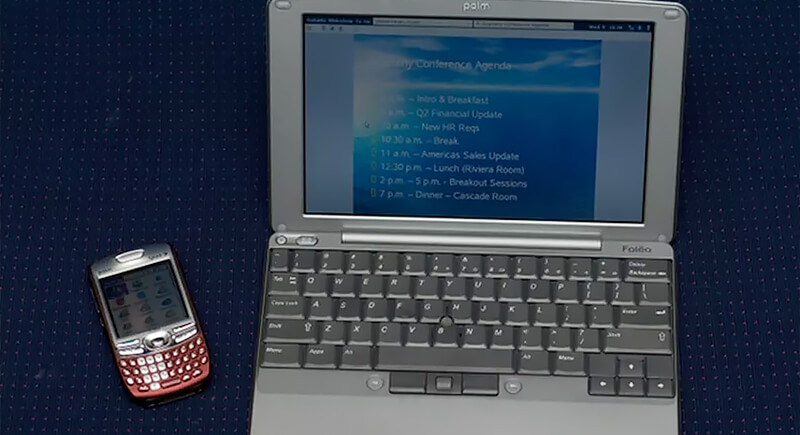
Credit: Wikipedia
Palm announced the Folio in 2007, a mini laptop that needed a smartphone to do anything useful. At $500, it confused everyone—why not get a real laptop? Facing criticism and an unclear audience, Palm killed it weeks before launch. It never shipped but lives on as a masterclass in what-not-to-launch.
Sega’s Dreamcast

Credit: Wikimedia Commons
Sega’s 1999 Dreamcast had online play, crazy VMU memory cards, and iconic games like Jet Set Radio. But after hardware flops like the Saturn, fans were wary. PlayStation 2 arrived with DVD playback and crushed momentum. Developers bailed, and the plug got pulled by 2001.
The Gizmondo

Credit: Reddit
Through Tiger Telematics in 2005, the Gizmondo offered GPS, texting, music, and games—but with a $400+ price tag and hardly any good titles, it fizzled. Behind the scenes, execs were involved in fraud and wild spending. One crashed a Ferrari. Sales bombed, and the company collapsed within a year.
Microsoft’s Zune HD
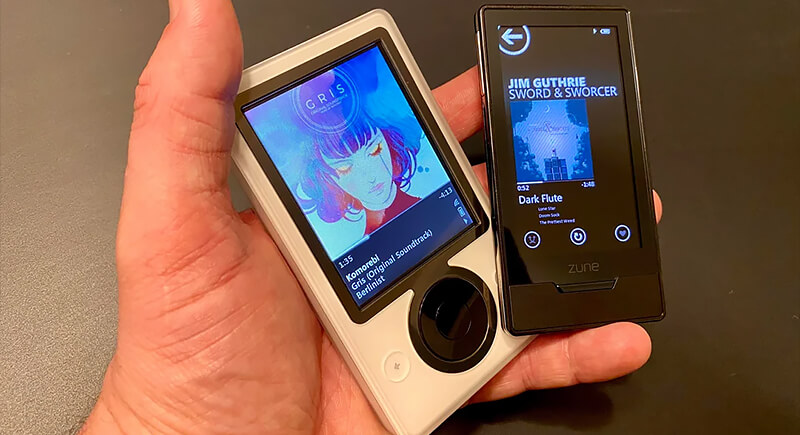
Credit: Reddit
Zune HD launched in 2009, looking slick with its OLED screen, HD radio, and smooth UI. But iPods ruled the world, and Zune’s app ecosystem was tiny. There was no major traction, no killer features, and phones were taking over music players anyway. Microsoft discontinued the brand’s line by 2011.
Google Wave
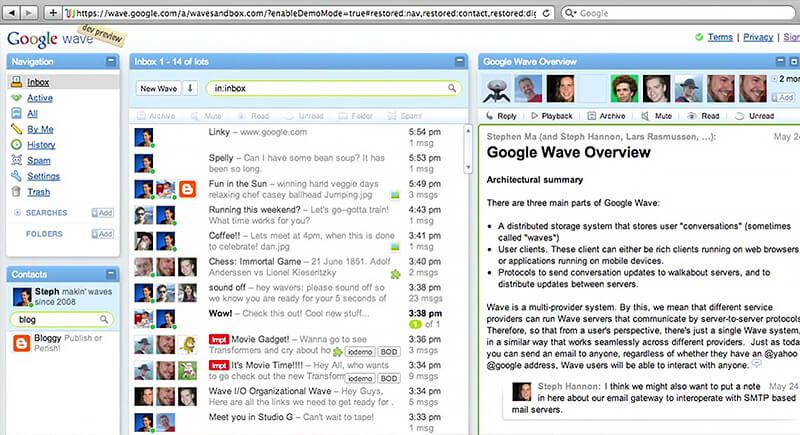
Credit: Youtube
Google Wave arrived in 2009 to fuse chat, email, and documents into one chaotic live-editing platform. It looked cool but was baffling to use with little guidance in the manual. No one really knew what it was for. Adoption stalled, and the company gave up within a year. It was officially shut down in 2012.
Kodak’s EasyShare Dock
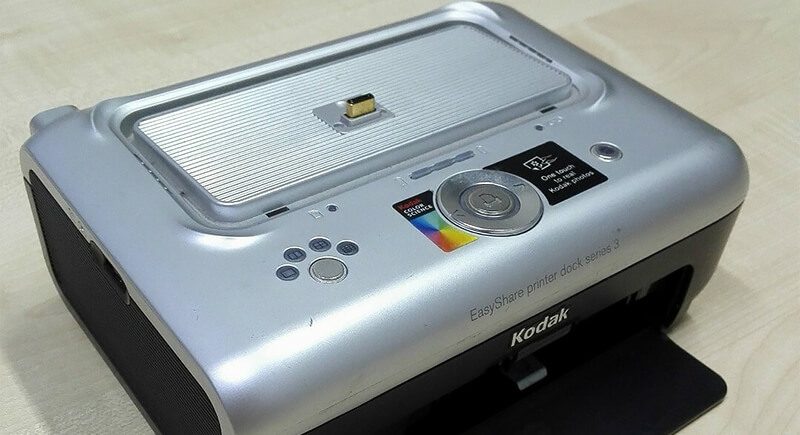
Credit: ebay
Kodak’s mid-2000s EasyShare dock let you print photos straight from your camera. It was super convenient—until smartphones, Wi-Fi, and wireless printers made it obsolete. Supplies were pricey, and it worked best with Kodak cameras only. By the early 2010s, the docks had vanished, and mobile phones had killed the photo print vibe.
LG Chocolate KG800
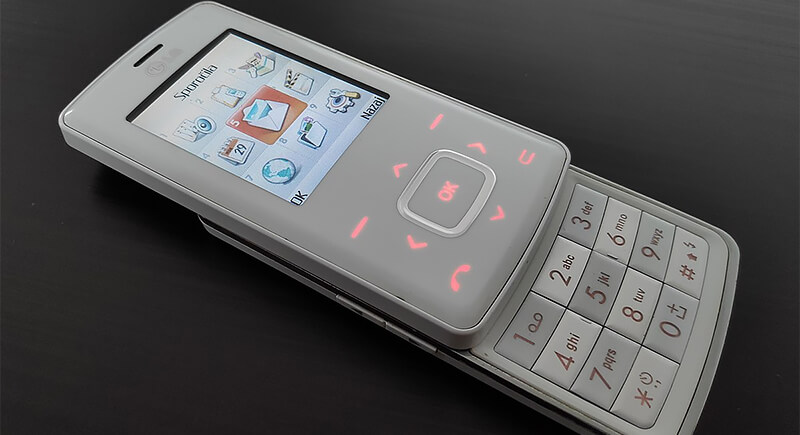
Credit: Wikipedia
Following its global launch in 2006, the LG Chocolate looked smooth with red-lit buttons and MP3 playback. It was a style icon, not a tech beast. The glow faded fast as iPhones and Androids launched a new era. The KG800 had no apps, no internet, and little future. A few sequels followed, but the series melted away.
Sony AIBO ERS-7

Credit: Wikimedia Commons
Sony’s 2003 AIBO robotic dog had face recognition, sensors, and a personality that evolved. It cost over $2,000, didn’t do much beyond tricks, and had high upkeep. It was wow tech but zero utility. It got scrapped in 2006 during budget cuts. AIBO returned years later but still remains a pricey novelty.
HD Radio
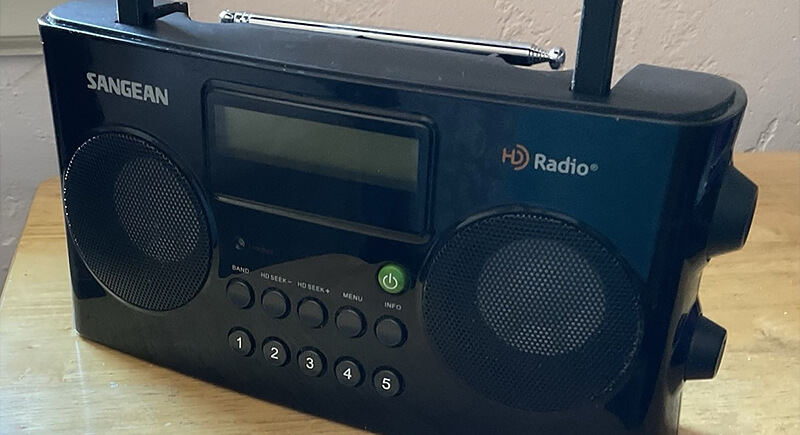
Credit: ebay
Launched in the early 2000s, HD Radio promised better sound and more stations, but it required special receivers and offered little new content. Streaming and satellite radio were rising fast and making it hard to stand out. Car makers added support slowly, but consumers shrugged. Though still around, it never became the revolution it claimed.
iPod Hi-Fi
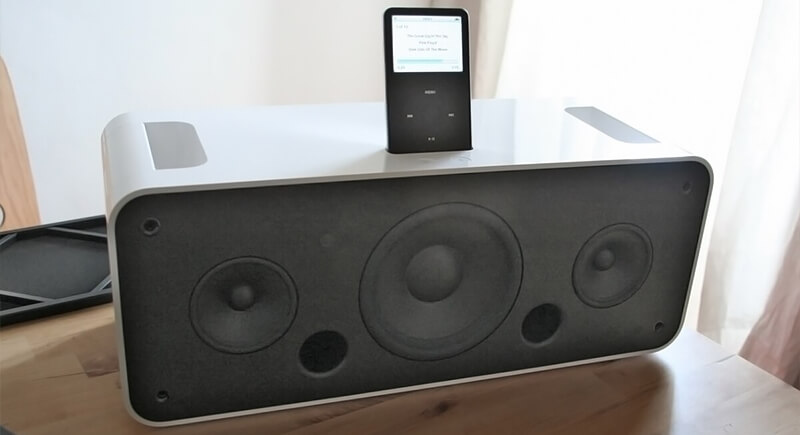
Credit: Wikipedia
In 2006, Apple dropped the iPod Hi-Fi, a $349 speaker dock with clean lines and a heavy promise of audiophile quality. The design was sleek, but there was no wireless, no remote, and the sound didn’t wow. Audio techs weren’t impressed, and regular users didn’t bite. It ended in 2007 after just 18 months.
Sharp Zaurus
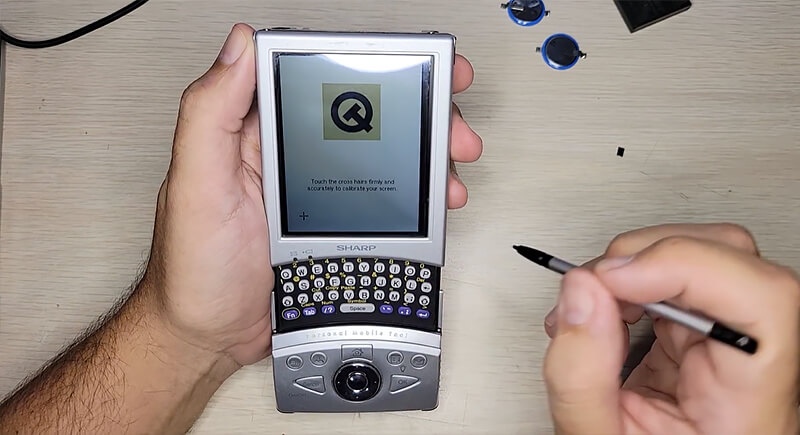
Credit: Youtube
The early 2000s Sharp Zaurus PDA ran Linux and was powerful for its time, with a keyboard, touchscreen, and expandable storage. Geeks loved it, but regular users? Not so much. It had a steep learning curve and little mainstream software. As smartphones arrived, the Zaurus line quietly disappeared by the mid-2000s.
Sony MiniDisc/HiMD
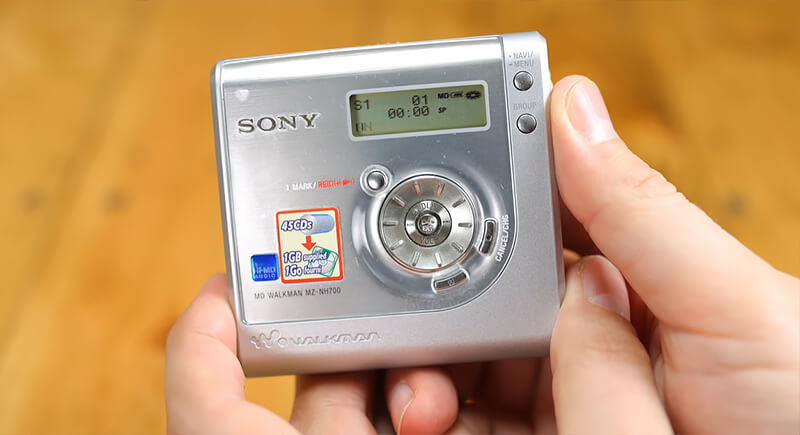
Credit: Youtube
HiMD boosted MiniDisc storage to 1GB in 2004 and added PC transfers, finally fixing big complaints. But by then, the iPod was dominating the market. Sony’s clunky SonicStage software didn’t help, and consumers wanted drag-and-drop MP3s, not another format. Despite being beloved in Japan, it faded globally as flash storage took over.
Dell’s DJ
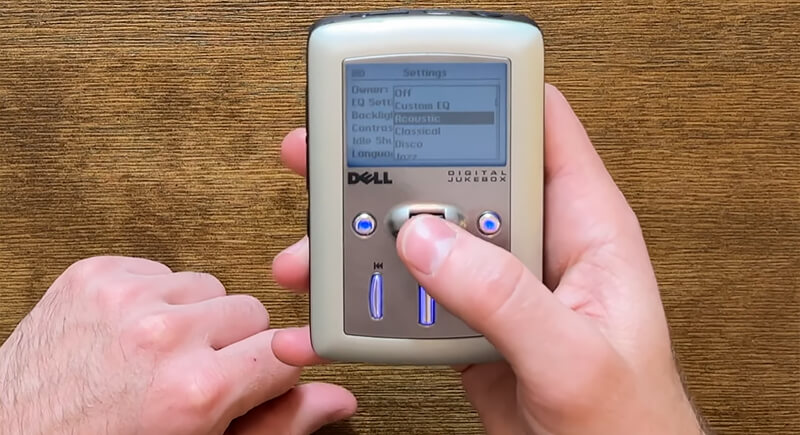
Credit: Youtube
Dell entered the MP3 market in 2003 with the DJ—cheap, reliable, and… kind of boring. It lacked the iPod’s sleek design and used MusicMatch instead of iTunes. With weak marketing and shrinking interest, the device struggled to build brand loyalty or cultural relevance and exited by 2006.
Casio’s ExyLim
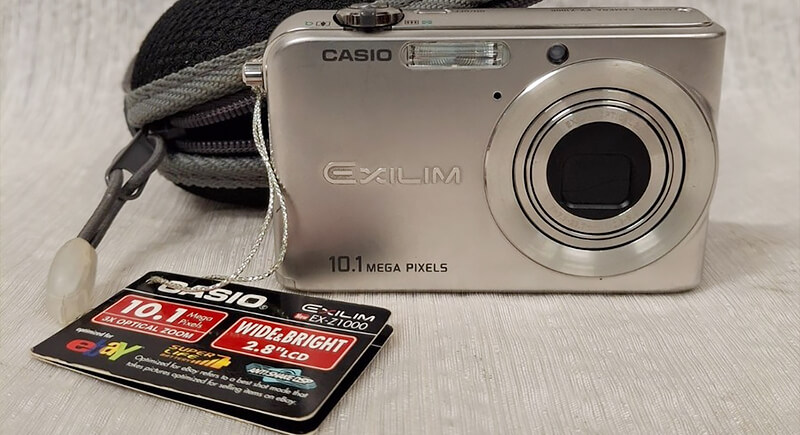
Credit: ebay
Casio’s ExyLim cameras were pocket-sized wonders—fast startup, good photos, and sleek styling. They were a hit until smartphones started snapping better pics without the extra bulk. Even high-speed models couldn’t save the brand. By 2018, it had left the digital camera game and had become another victim of the all-powerful phone webcam boom.
Sony’s Klypeg NX705
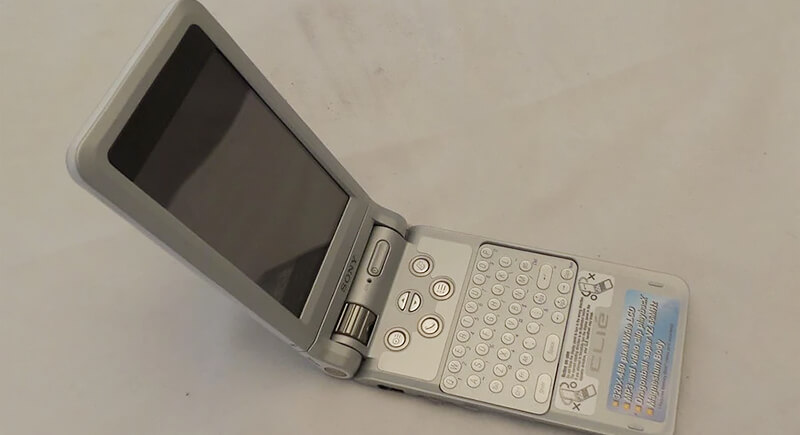
Credit: ebay
Sony’s 2002 NX705 PDA was a feature-packed machine: Palm OS, video playback, a rotating camera, and media storage. It sounded amazing, but it was chunky, pricey, and battery-hungry. The PDA market was thinning fast, and early smartphones stole the spotlight. The manufacturer phased it out by the mid-2000s, as mobile priorities shifted.
Sony’s MiniDisc Walkman
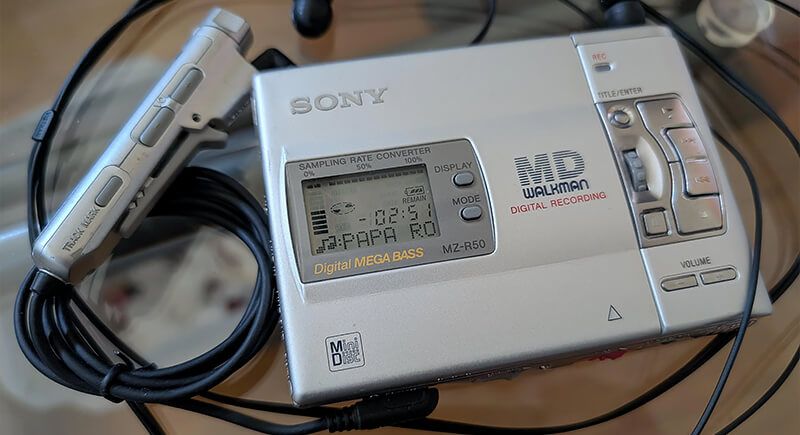
Credit: Reddit
In the early 2000s, MiniDisc Walkmans were digital, re-recordable, and great for editing on the fly. They were sleek and durable, too. But MP3 players with drag-and-drop simplicity won hearts. Although MiniDisc lingered in Japan, global sales plummeted, and by the mid-2000s, the format was fading fast.
Nintendo’s e-Reader
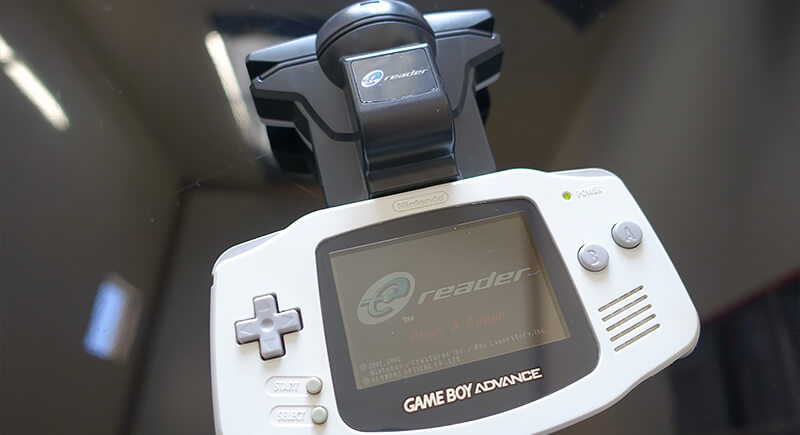
Credit: Reddit
Nintendo’s 2002 e-Reader for Game Boy Advance let you scan cards to unlock games and content. It was a neat idea with clumsy execution. Scanning could take forever, and full access often required extra hardware. Fans of collecting loved it, but most people passed. It was discontinued by 2004.
Palm Treo 700w
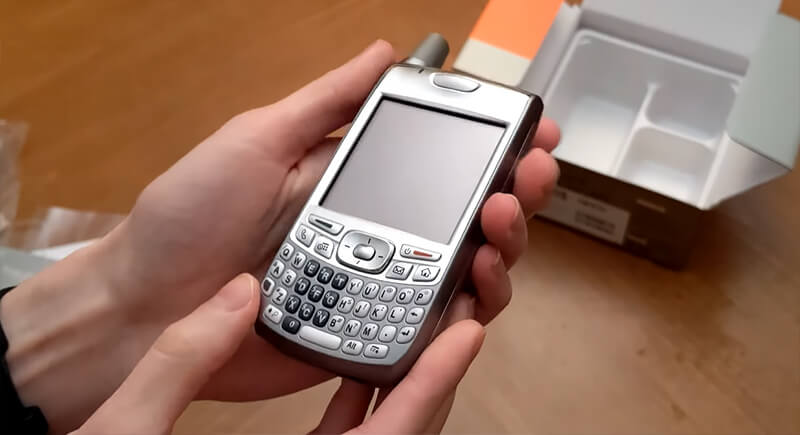
Credit: Youtube
The 2005 Treo 700w ran Windows Mobile and brought emails, apps, and web browsing into your pocket. It was a solid business phone—until smartphones got smarter. Its awkward touchscreen and slow performance felt dated fast. BlackBerry was sleeker, iPhone loomed, and Palm couldn’t keep up. The model was dropped not long after.
Sony PSP Go

Credit: Youtube
In 2009, Sony went all-digital with the PSP Go, ditching discs for downloads. It had a sleek design and decent power, but zero compatibility with existing games frustrated fans. It cost more than the regular PSP and had limited content. Sales were weak, and it was discontinued by 2011.